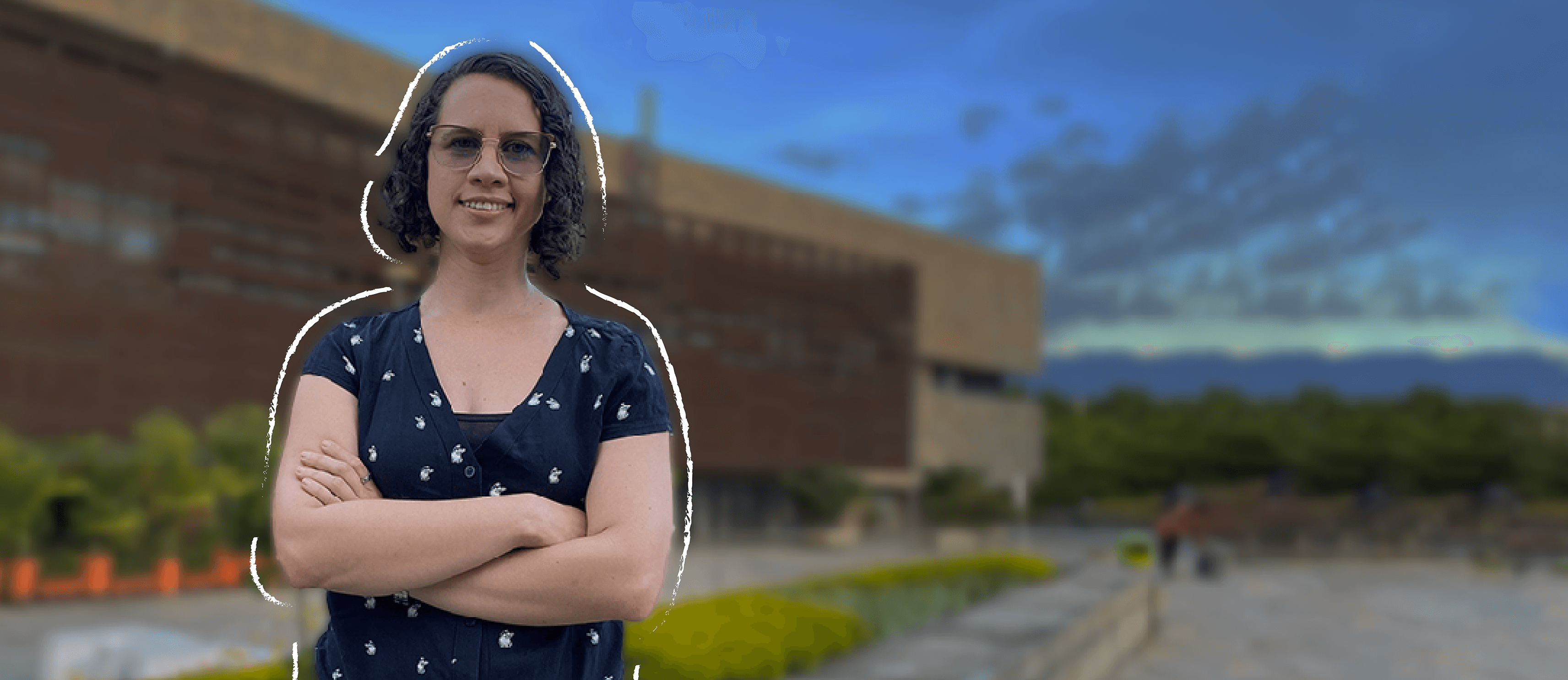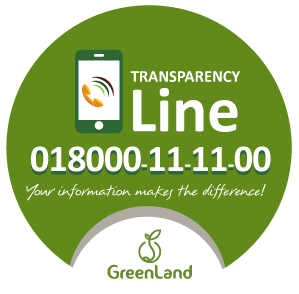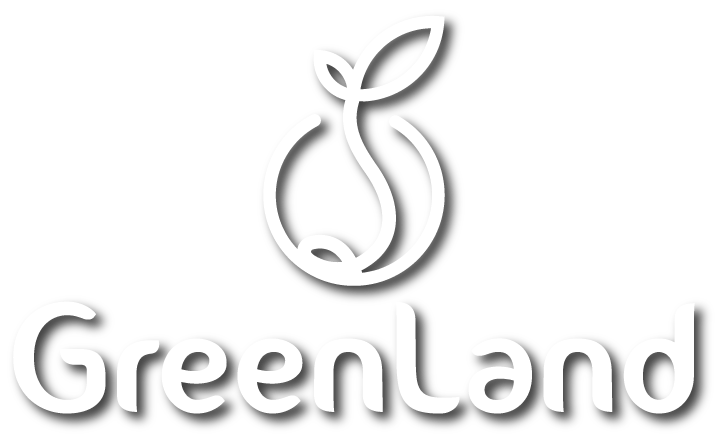
Let us talk about circular economy
Reducing the planet’s contamination problem is a challenge that we, as citizens of the world, have to face. According to a study by the Ministry of the Environment, if we do not change our consumption habits and the way waste is disposed of, by the year 2050 there will be 12.000 billion tons of plastic waste in the world’s oceans.
Circular economy is one alternative to deal with the challenges of climate change, such as lowering carbon emissions, keep materials in use throughout their useful life and, at the end or multiple use, return their nutrients safely to their natural ecosystems.
Using this solution, it would be possible to reduce up to 99% the amount of waste from some industrial sectors. However, contamination continues to grow day after day. According to a study by the NGO, one kilo of trash per day by each person becomes 541.000 tons per day that produce carbon emissions that are bad for the planet.
To talk in more detail about this issue, we invited Natalia Osorio, e consultant on circular economy from the Center for Science and Technology of Antioquia (Centro de Ciencia y Tecnología de Antioquia), and CEO of Incyclo and Recicle.co to talk about the positive impact of these processes on organizations and communities.
What is the circular economy model and what does it consist of?
Circular economy is a production and consumption model intended to take the waste produced during the various stages of production and manufacturing and return it as raw material to be used for different processes, i.e., to stop considering waste as trash and start thinking of them as materials that can have value and we should be using.
Why should companies and the world go for this economic model?
This circular economy model should be adopted basically because we do not have infinite space to discard our waste and, additionally, because the materials are going to be increasingly expensive and many of them will become scarcer. Therefore, we should start to consider other options to preserve these raw materials and to be able to continue producing our products and services .
What should companies do to adopt this circular economy model?
What the companies should be doing is using this model is to begin mapping everything they need in terms of inputs and also what they produce in terms of waste. When they start doing this mass balance, so to speak, they will be able to start making value connections and synergies, which is known as industrial symbiosis.
How can companies find out whether their waste can be used?
Companies can find out whether waste can be used by finding other companies that can use that waste. Another way would be to do research and development to develop new models or ways to use their waste.
Is recycling part of the circular economy model?
Recycling is part of the circular economy model. However, it is one of the last steps that should be implemented because it requires too much energy. So, the idea is to be able to reuse that waste first, and do other things before recycling.
The idea would be to, for example, reuse the waste, then use it in other processes, and finally, recycle them so they can… For example, with plastics, a specific example, we would take a PET bottle and we would try to reuse it, that is, to put other things inside the bottle; then, at the end, we would re-grind the bottle to make pellets and produce plastic again, but that requires a lot of energy. That is why it would be one of the last things we should try to do in the circular economy model
How can this economic model transfer benefits to the communities in the areas of influence?
This is very important because, in fact, waste is usually sent to landfills and those landfills produce a lot of vectors, bad smells, produce visual contamination, and lixiviate contamination. So, if we implement circular economy, the amount of waste that ends up in landfills is going to be much less and, therefore, we will be having a positive impact on the communities, and also creating new business models that will help improve their general quality of life.
How can the communities and company employees get involved?
The most important things to start creating awareness. This has been one of the most difficult things because the most important thing for the circular economy is sorting the waste at the source and taking it to other processes where we can make other products. So, it is very important to start involving people at home so they can recycle, so they can recycle their waste. For example, the organic waste can be used for composting and not having to use so many chemicals and fertilizers that are needed for agriculture.
Talking about the companies, company employees, it is very important for companies to do good waste separation at the source so they can create awareness of what is needed and realize that these products are not trash and start to consider them raw materials.
Which circular economy projects can produce the biggest impacts?
There are lots of things that can be produced through circular economy, such as organic waste, organic waste has a great potential to produce things for the pharmaceutical industries which are extremely important and which come from orange waste. For example, pectins for the pharmaceutical industry which are very expensive, and we simply throw them away. So, there are a lot of materials, waste which can be used and has a lot of added value and start using those materials to produce value and improve living conditions for people in their everyday lives.
Which cases from around the world would be worth replicating in Colombia?
There are many cases of circular economies around the world, but this one specifically has caught my attention: baby clothing. Usually, babies use these clothes for a very short time because they grow very quickly, and VIGA, a company in Denmark, created a sales model where you rent baby clothes and fill a suitcase with the clothes that would be used during that month. They also included clothing for mothers, because mothers have seasons while their bellies are growing and then after their bellies stop growing. In this case, it would be increasing the use of those materials, baby clothes specifically, and that would increase the revenue by around 300%. This would be a very profitable model here because we still believe that it is important to sell new clothes, when those clothes could be reused. These new business models would produce a lot of revenue for anyone who implements them.
Another model could be the pineapple waste which is being used to produce a sort of synthetic leather and that is also producing a lot of revenue. Here, they usually end up in a landfill, in the best of cases, or affect any watercourse, so these would be some models that would be interesting to replicate more in Colombia.





